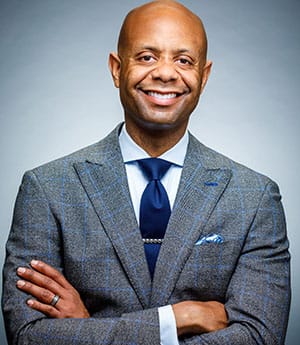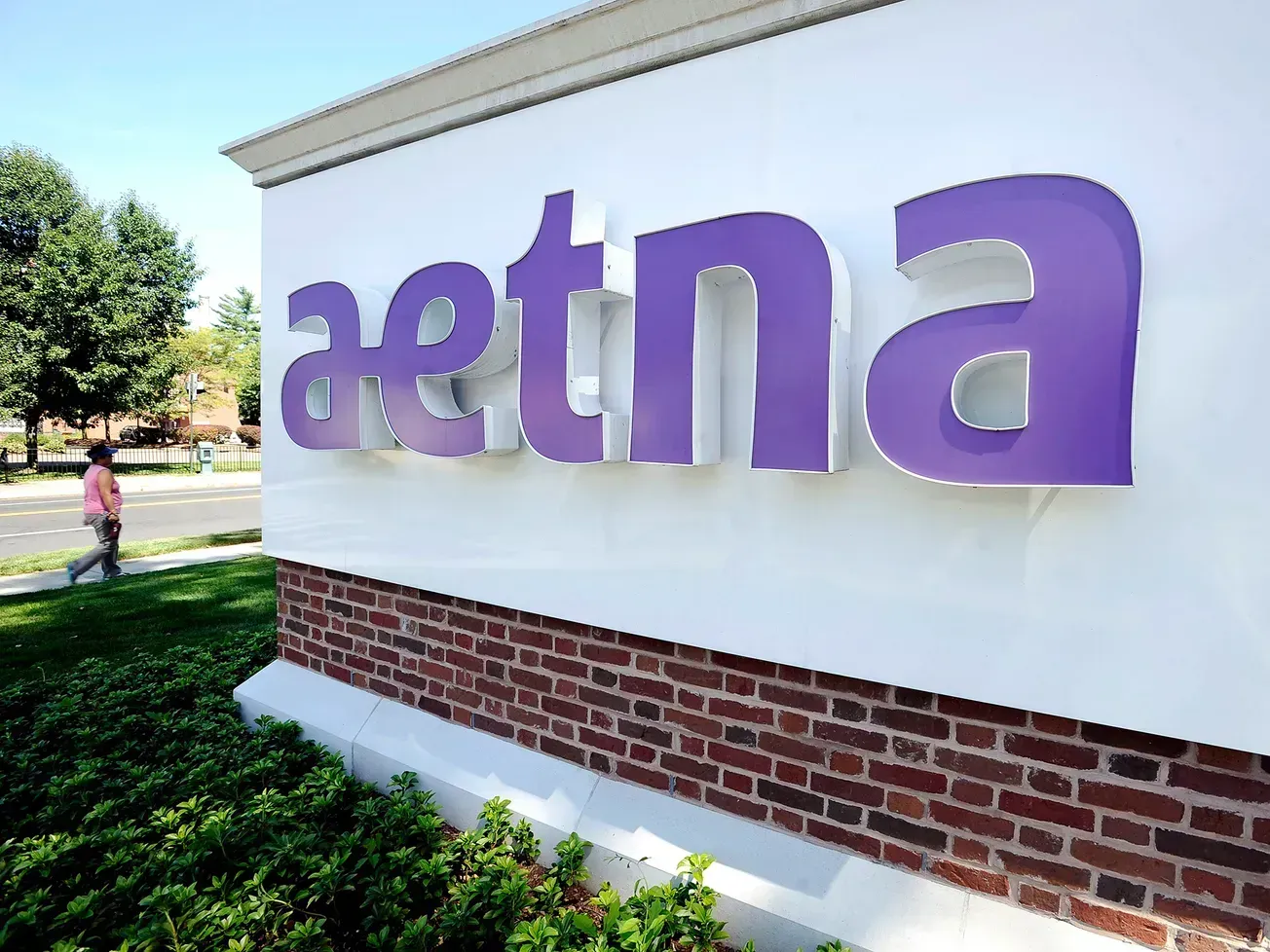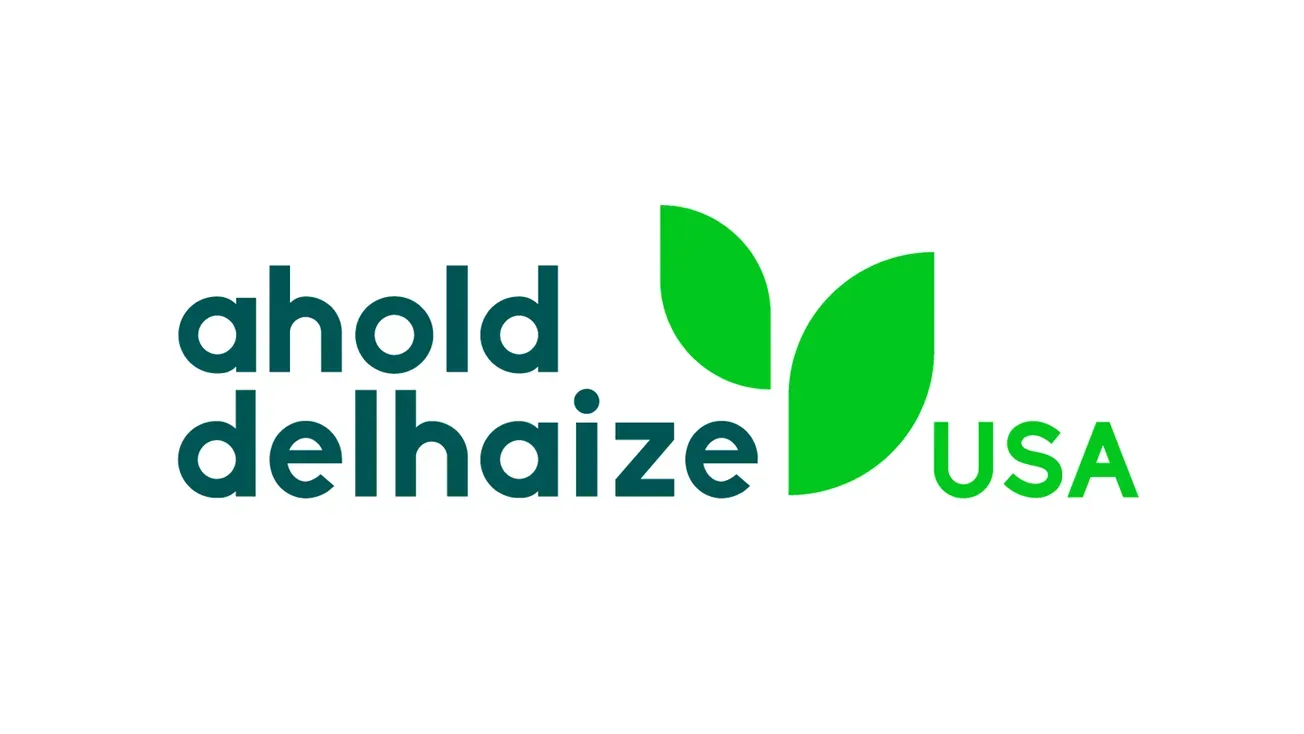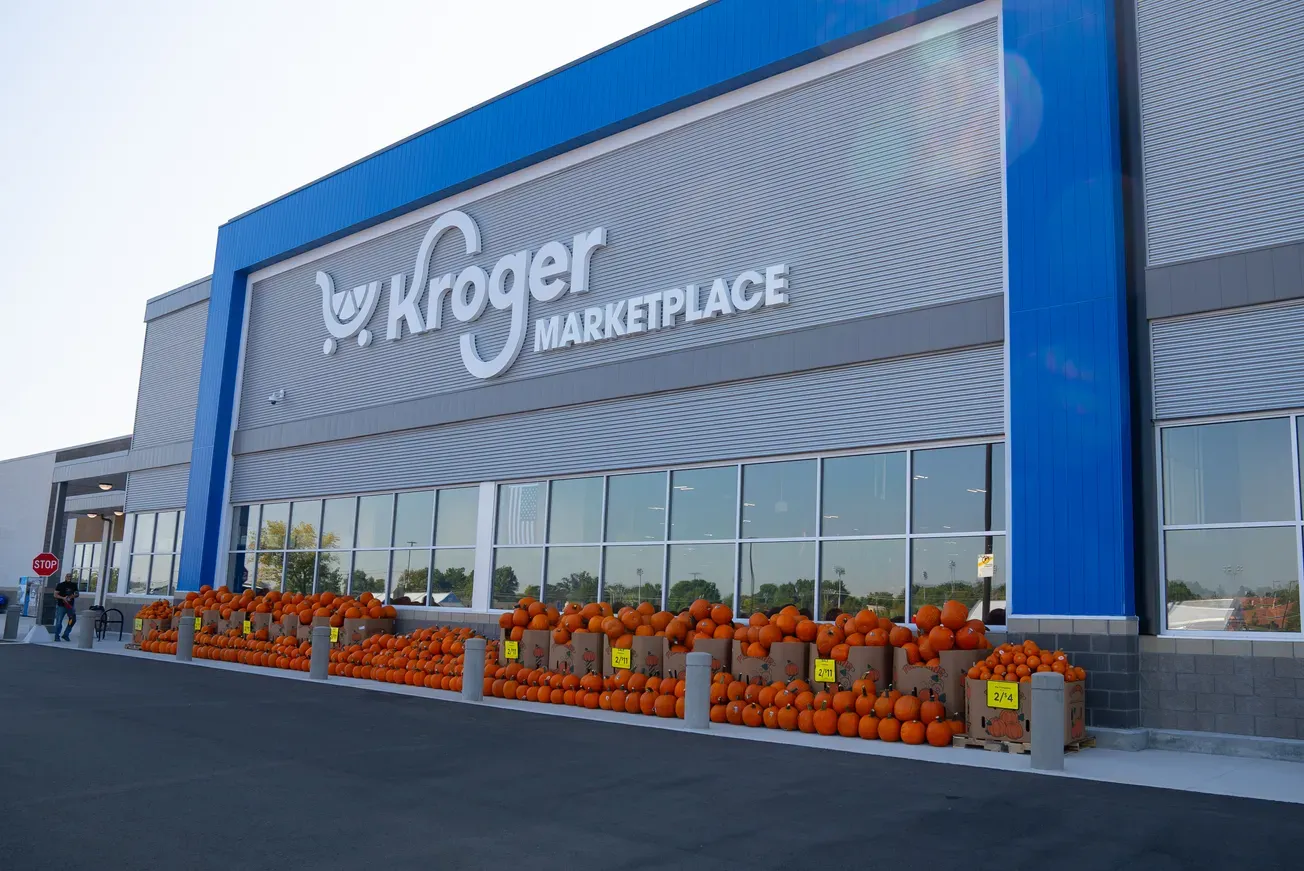DUBLIN, Ohio — Discussion about artificial intelligence (AI) and its potential to disrupt every industry including healthcare is everywhere we look. Generative AI (GenAI), a form of AI that uses algorithms to create new content such as text, images and videos, has gained considerable attention over the last 18 months for its potential to increase human productivity. Turning to healthcare, current and future applications of GenAI range from powering diagnostics, to improving patient engagement, to easing administrative burden.

Jerome Revish
As AI heats up in healthcare, administrators and clinicians are cautiously optimistic about its potential benefits. In a January 2024 Medical Group Management Association Stat poll, nearly 60% of practice leaders associated the implementation of AI with positive outcomes such as innovation and convenience. Medical group practice leaders viewed AI as a viable tool to help solve some of their biggest challenges such as automating and streamlining patient outreach, smart scheduling and front-office tasks, simplifying workflows and reducing documentation demands. In a recent American Medical Association survey, 41% of physicians reported feeling “both excited and concerned” about the potential of AI in healthcare. While many physicians recognized the power of AI to reduce documentation time and administrative burden, they also shared concerns about AI’s potential impact on the patient-provider relationship and patient privacy.
How is Cardinal Health exploring and leveraging AI to drive innovation and unlock opportunities? We recently sat down with Jerome Revish, senior vice president, chief technology officer, and Dr. Nini Wu, chief medical officer, Pharmaceutical & Specialty Solutions, to gain their unique perspectives on AI, GenAI and what’s next.
Q: How is Cardinal Health thinking about and deploying AI? Where are we now and where are we heading?
Revish: Our enterprise application of AI is a journey, and I’m proud to say that we’ve been on that journey for several years now. Several Cardinal Health products derive great value from AI to support clinical decision-making and empower our customers and internal teams with greater insights into product availability and pricing. From that work we’ve been able to demonstrate AI’s power to save time, streamline processes and provide real-time data to improve outcomes.
Over the last year or so we’ve thought more broadly about AI, especially with the onset of GenAI and how it can unlock opportunity both inside and outside of our walls. Internally, we’re thinking about how we can leverage AI and GenAI to drive greater productivity and enhance experiences for our customers and partners. Externally, we’re always thinking about what products we can bring to market that make our customers’ lives easier and enable them to focus on direct patient care. As an example, right now we’re exploring how AI can help our specialty physician practice customers streamline and simplify clinical documentation and clinician workflow, and we’re really excited about that.
Q: Balancing hope and hype, how do you see AI realistically adding value in healthcare?

Nini Wu
Dr. Wu: Some of the AI advances we see today are those truly exciting, visionary breakthroughs such as advanced cancer diagnostics. However, when I think about AI and specifically the role Cardinal Health can play, I think about it from a more pragmatic viewpoint. How can we leverage AI to help our customers improve the healthcare experience one minute at a time? To me, we succeed when we use AI to save a patient from completing another set of redundant paper forms or when we help practices save time on documentation, which we know is a leading source of burnout. At the end of the day, we want to help clinicians spend more time with their patients.
I’m also interested in using GenAI for patient summary notes to translate complex clinical language into something patients can read and understand. I also see a lot of promise in how AI can transcribe patient calls, documenting key points to ensure that care meets patients where they are and based on their specific needs. I’m all about how AI can provide more practical support to enhance workflows and make those everyday moments easier.
Q: When considering and implementing new technology such as AI, what best practices can healthcare take from other industries such as banking and retail?
Revish: One of the things that I admire about banking and retail is how both industries have increasingly incorporated technology into how they do business, ultimately retraining us as consumers on what to expect. Gone are the days of walking into a bank branch to cash a paycheck, or shopping exclusively at a brick-and-mortar store: This evolution is a direct reflection of how both industries have used technology to redefine the customer experience.
As we start to take small steps with technology and AI in healthcare, I believe we can start to do the same thing as other industries have done and redefine patient expectations. The rise of telemedicine during the pandemic represented an important step in redefining the point of care, and AI can play an essential role in continuing to expand healthcare access.
Dr. Wu: I think we are on the cusp of a change in the workflow of patients and their care providers. Building on Jerome’s thoughts on telehealth, while we haven’t quite figured out how to do surgery or radiation through a computer screen, there are many things we can do quite well through telehealth such as genetic counseling, behavioral health and nutrition counseling. These things don’t require an in-person visit yet do wonders to increase access.
Q: What tools or education do clinicians need to successfully deploy AI in their practices?
Dr. Wu: With so much noise out there, it’s helpful for clinicians to have a high-level understanding of AI to ask the right questions, evaluate solutions and make the right decisions for their practice and patients, but it’s not always straightforward. As someone who has served as both a clinician and an administrator of a physician practice, I’m excited about how I can help clinicians better understand technology such as AI and see the art of the possible: I understand their challenges and pain points and am in a unique position to help them navigate what’s next for technology and their practice.
Q: Can you talk about the importance of human oversight as we continue to explore the potential of AI in the healthcare industry?
Revish: Our top priority when optimizing any process with AI is always making humans smarter, quicker or more effective. While we might use technology to help humans, it should never replace them; a human component always needs to stay connected to whatever we’re optimizing. I also cannot underscore the importance of human oversight to both maximize and monitor technology’s immense power and impact. In today’s world rife with bad actors and cybercriminals, we must manage technology responsibly and always keep a human involved to preserve the safety and integrity of the healthcare system.
Dr. Wu: That human in the loop is essential. While we can leverage AI to help augment the work of a clinician via clinical decision support tools, for example, that final decider should always be the clinician. That trained human who has an established relationship with a patient is always going to have the best interest of the patient at heart and understand nuance and complexity as only a human can.
Q: How do you see the implementation of AI driving more collaboration across various stakeholders in the healthcare industry?
Revish: I see AI as a uniting force in healthcare. It’s incredible to see how players throughout the healthcare continuum are using AI to better understand data and insights, share learnings and work as a collective to utilize AI as a change agent. As we make strides in AI implementation and measuring outcomes, we must work together to transform healthcare for the greater good.
Dr. Wu: The only way forward in driving the meaningful use of AI in healthcare is together. And when I think about our role at Cardinal Health, it’s to serve, as Jerome said, as a uniting force to bring partners and technology together upstream and downstream to ultimately help that patient at the center and make a big impact.









